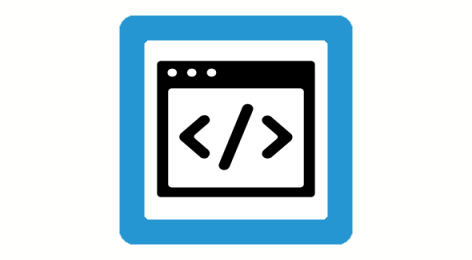Configuring the priority for the solution algorithm
The partial kinematics of a kinematic chain can be directly programmed by the configured axis identifiers. The TCP can also be programmed. The movement of the TCP is then distributed to the partial kinematics. Each partial kinematic is assigned part of the movement which it can travel due to its Cartesian degrees of freedom.
Attention

Non-executable movements are possible
The boundaries of the workspace of the partial kinematics are not considered. A movement can be assigned to a partial kinematic which cannot execute it for design constraints.
The resulting errors are dependent on the partial kinematic itself.
The sequence is configured by means of the parameter move_prio[i] (P-CHAN-00450). If the parameter is not configured for a group, the parameter values correspond to those of the kinematic chain (P-CHAN-00449): move_prio[i] = chain[i].
Attention

Incomplete configuration
Either an entry must exist in the priority list for every entry in the kinematic chain or no entry may exist at all in the priority list. This condition applies to every single group. If this is not the case, the error ID 292067 is output when the transformation is selected.
Example

A robot stands on a linear axis
With a programmed TCP, the movement is first assigned to the linear axis. If the programmed motion contains degrees of freedom that the linear axis cannot execute, these motions are transferred to the robot.
trafo[0].id 1
trafo[0].type 45
…
trafo[1].id 1
trafo[1].type 91
…
trafo[2].id 3
trafo[2].type 210
trafo[2].group[0].id 100
trafo[2].group[0].chain[0] 2
trafo[2].group[0].chain[1] 1
trafo[2].group[0].move_prio[0] 2 (Linear axis first executes)
(the TCP movement)
trafo[2].group[0].move_prio[1] 1 (Robot executes)
(the rest of the movement)